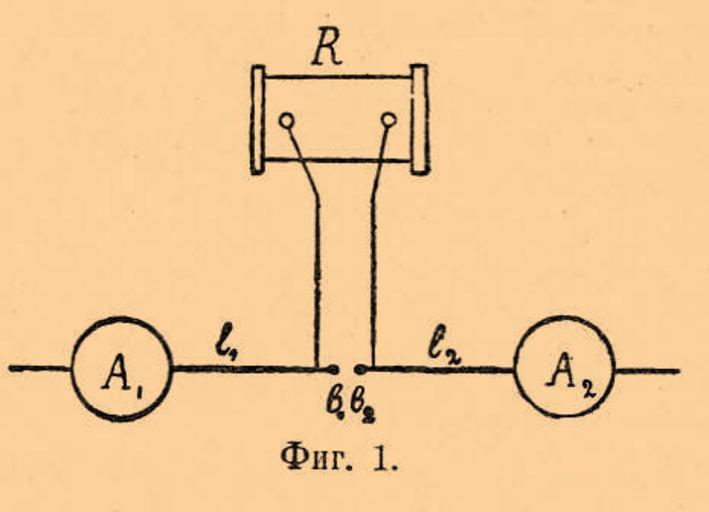MAKE A MEME
View Large Image

| View Original: | Brockhaus-Efron Oscillation 1.jpg (465x336) | |||
| Download: | Original | Medium | Small | Thumb |
| Courtesy of: | commons.wikimedia.org | More Like This | ||
| Keywords: Brockhaus-Efron Oscillation 1.jpg ąśą╗ą╗čÄčüčéč ą░čåąĖčÅ ą║ čüčéą░čéčīąĄ ąŁą╗ąĄą║čéč ąĖč湥čüą║ąĖąĄ ą║ąŠą╗ąĄą▒ą░ąĮąĖčÅ ąĖąĘ 菹ĮčåąĖą║ą╗ąŠą┐ąĄą┤ąĖąĖ ąæč ąŠą║ą│ą░čāąĘą░ ąĖ ąĢčäč ąŠąĮą░ A Hertzian spark-gap transmitter the earliest type of radio transmitter Used by Heinrich Hertz in his historic 1889 experiments demonstrating the existence of radio waves It consists of an induction coil R that produces high voltage pulses and a spark gap B1 B2 attached to a dipole antenna consisting of two metal plates A1 A2 attached to brass rods L1 L2 When a spark jumps across the spark gap it discharges the electric charge stored on the antenna creating damped sinusoidal oscillations in the antenna that were radiated as radio waves in the UHF range The plates called capacity areas functioned to add capacitance to the antenna to increase the charge stored on it by the induction coil before the spark gap fires increasing the output power They also decreased the resonant frequency of the dipole making the waves longer The plates could be slid in or out on the rods to tune the transmitter From article Electric Oscillations in Brockhaus Efron encyclopedia http //dic academic ru/dic nsf/brokgauz_efron/146322 ~ 1905 ąæč ąŠą║ą│ą░čāąĘ ąĖ ąĢčäč ąŠąĮ PD-Brockhaus Efron Spark-gap transmitter circuits | ||||